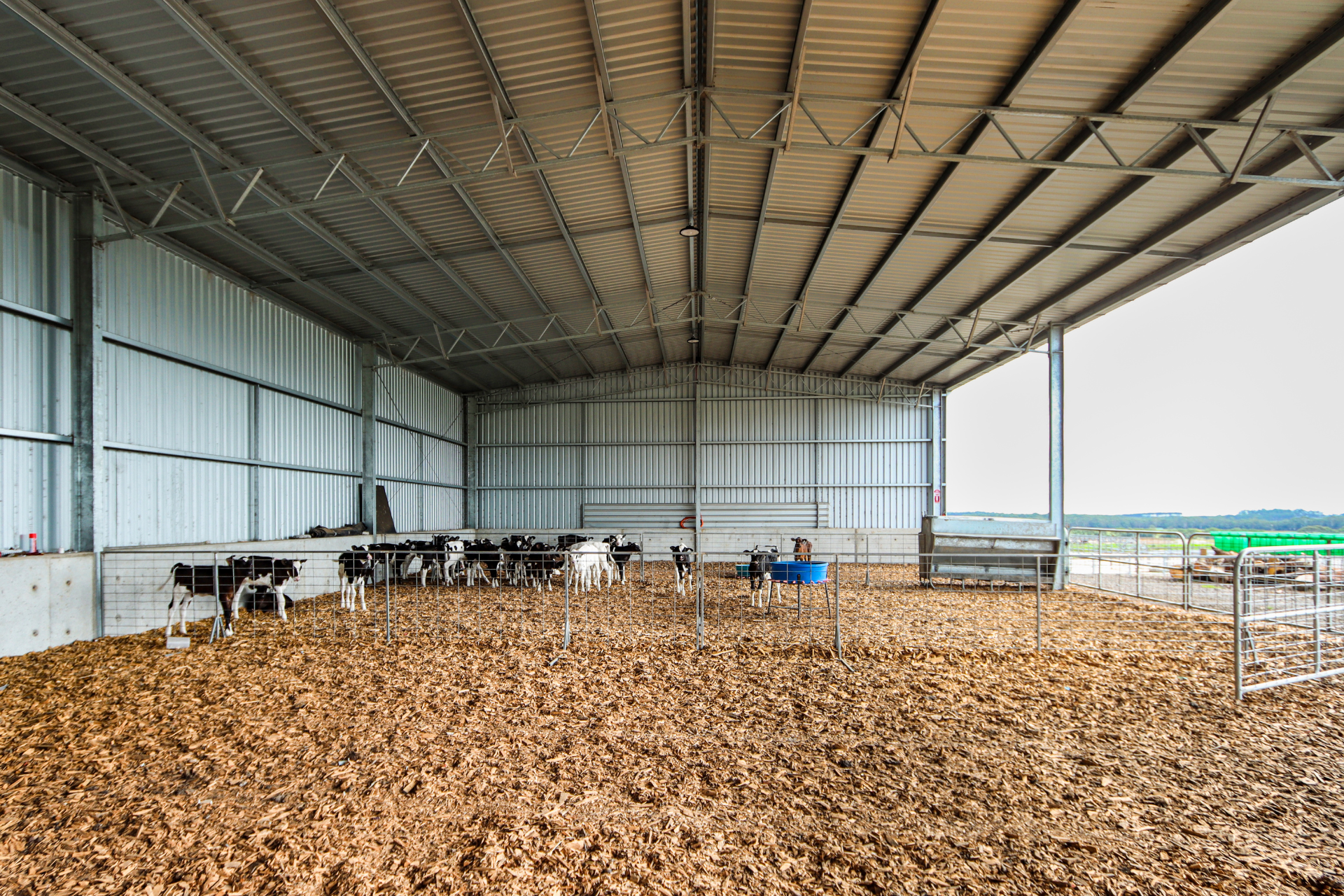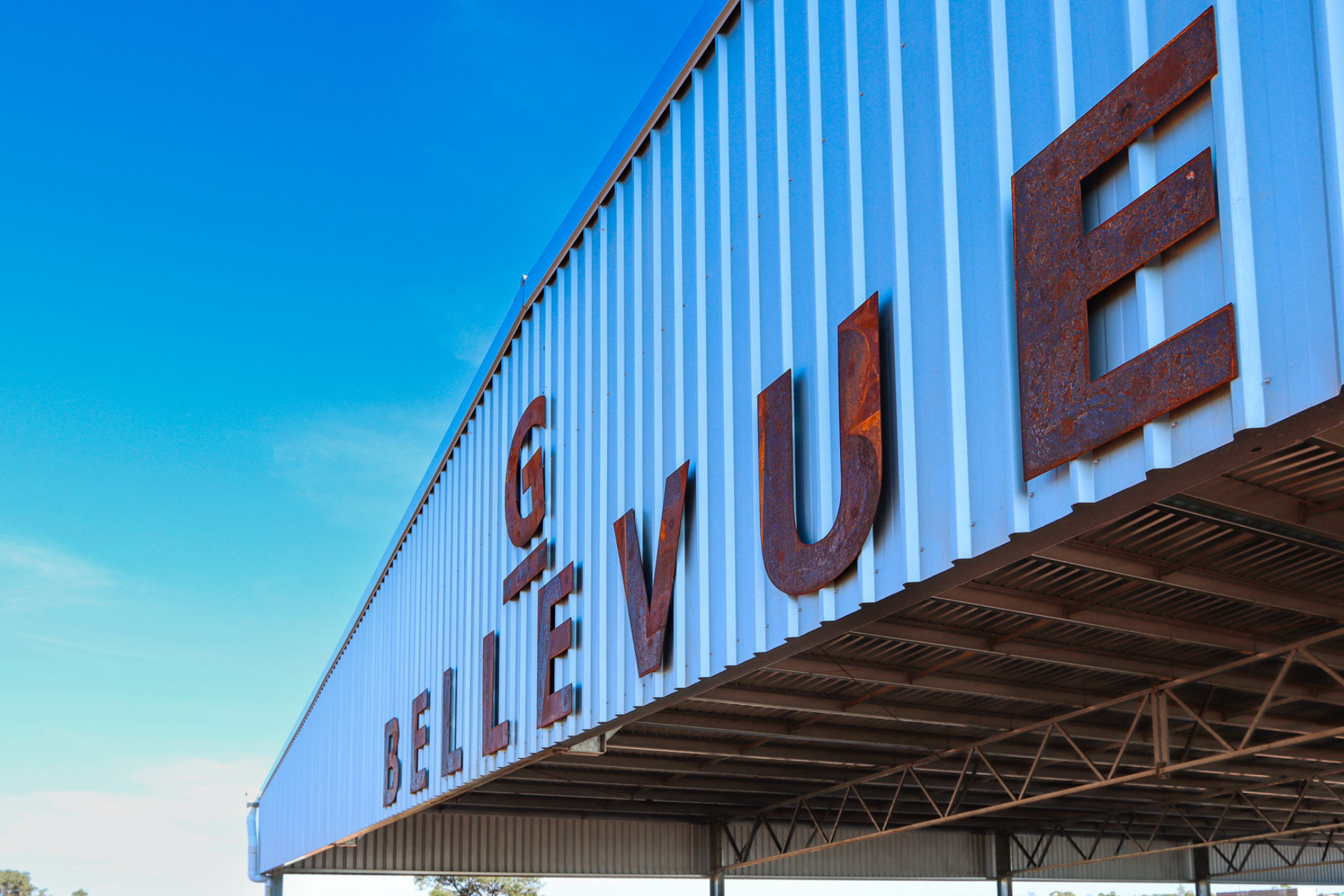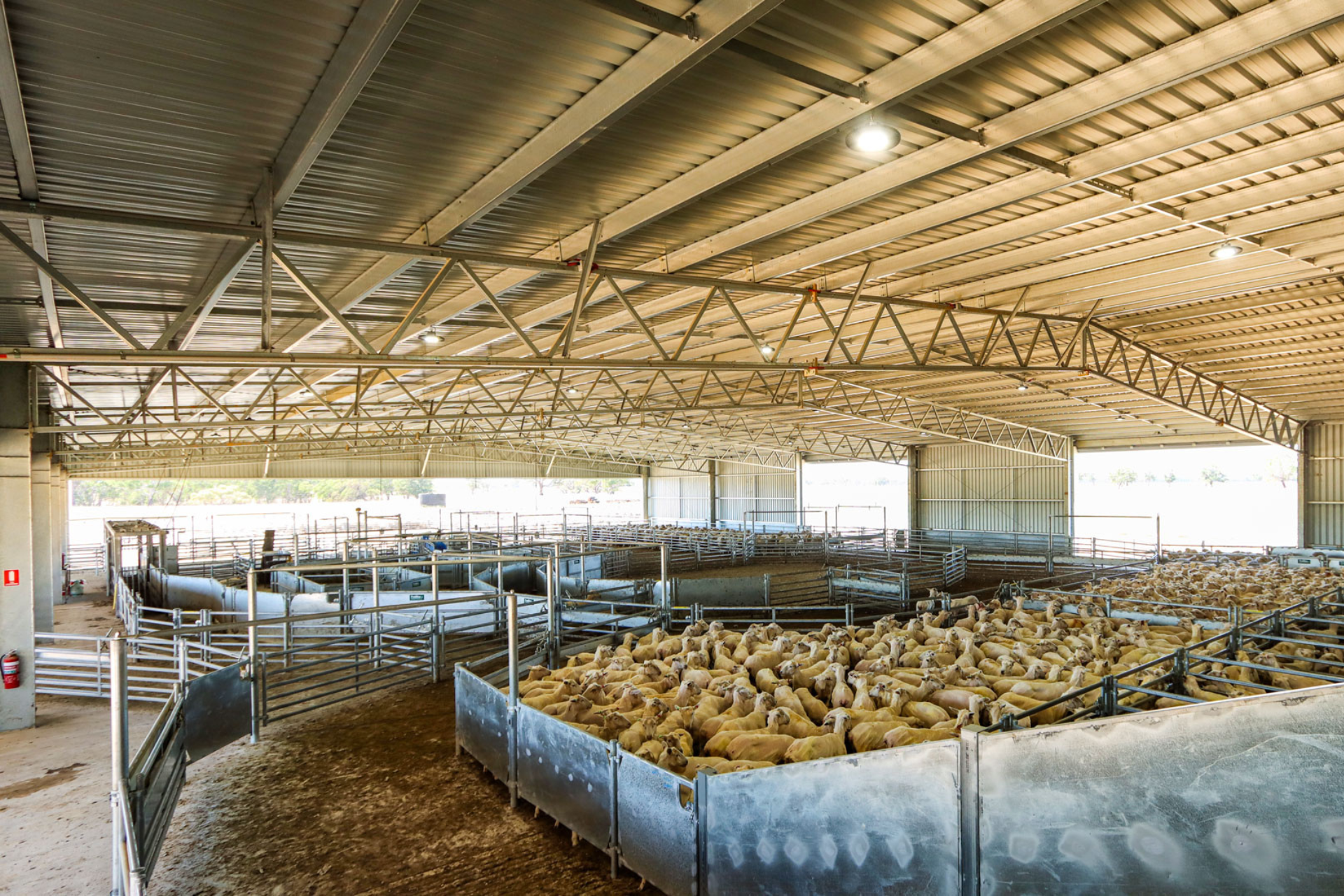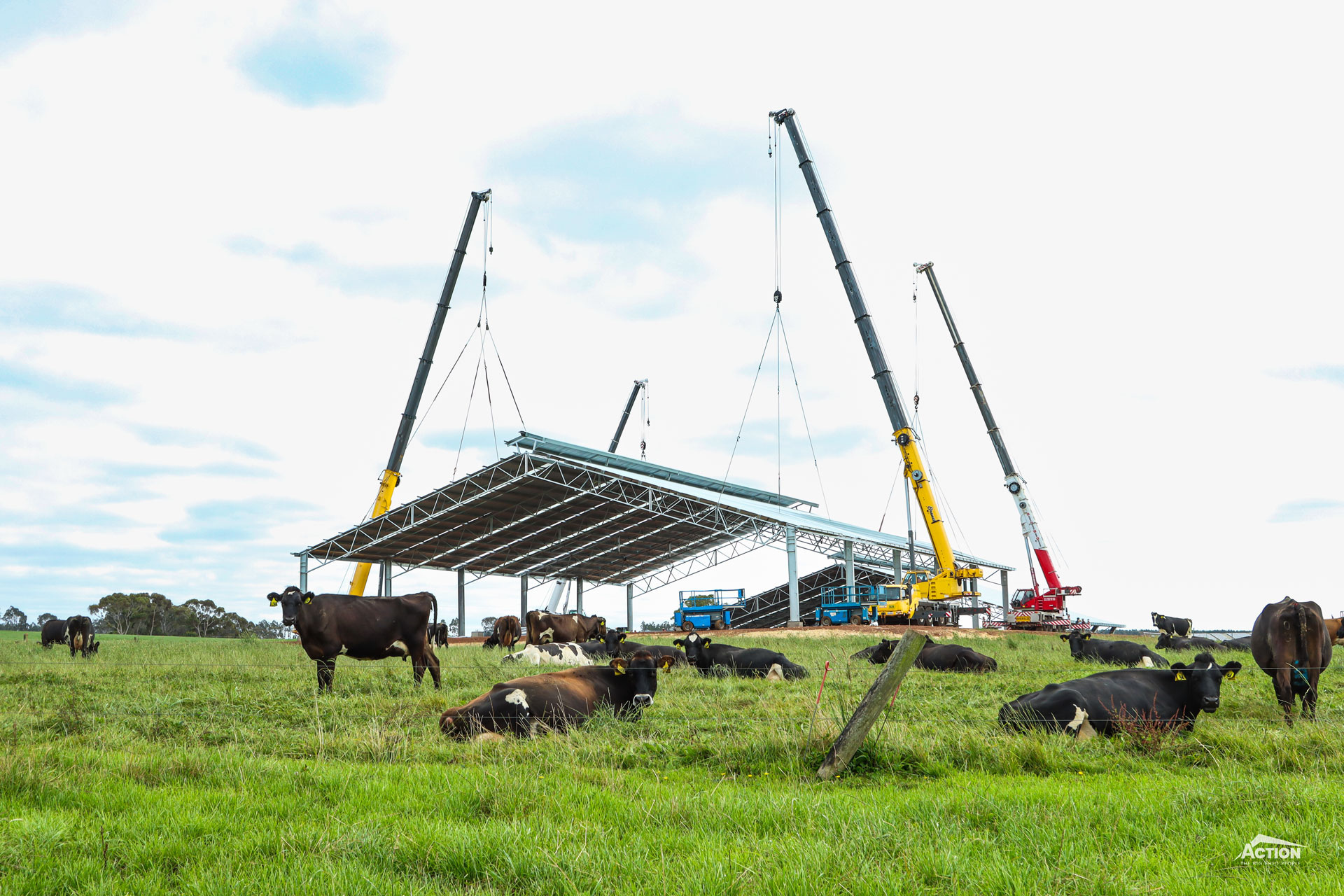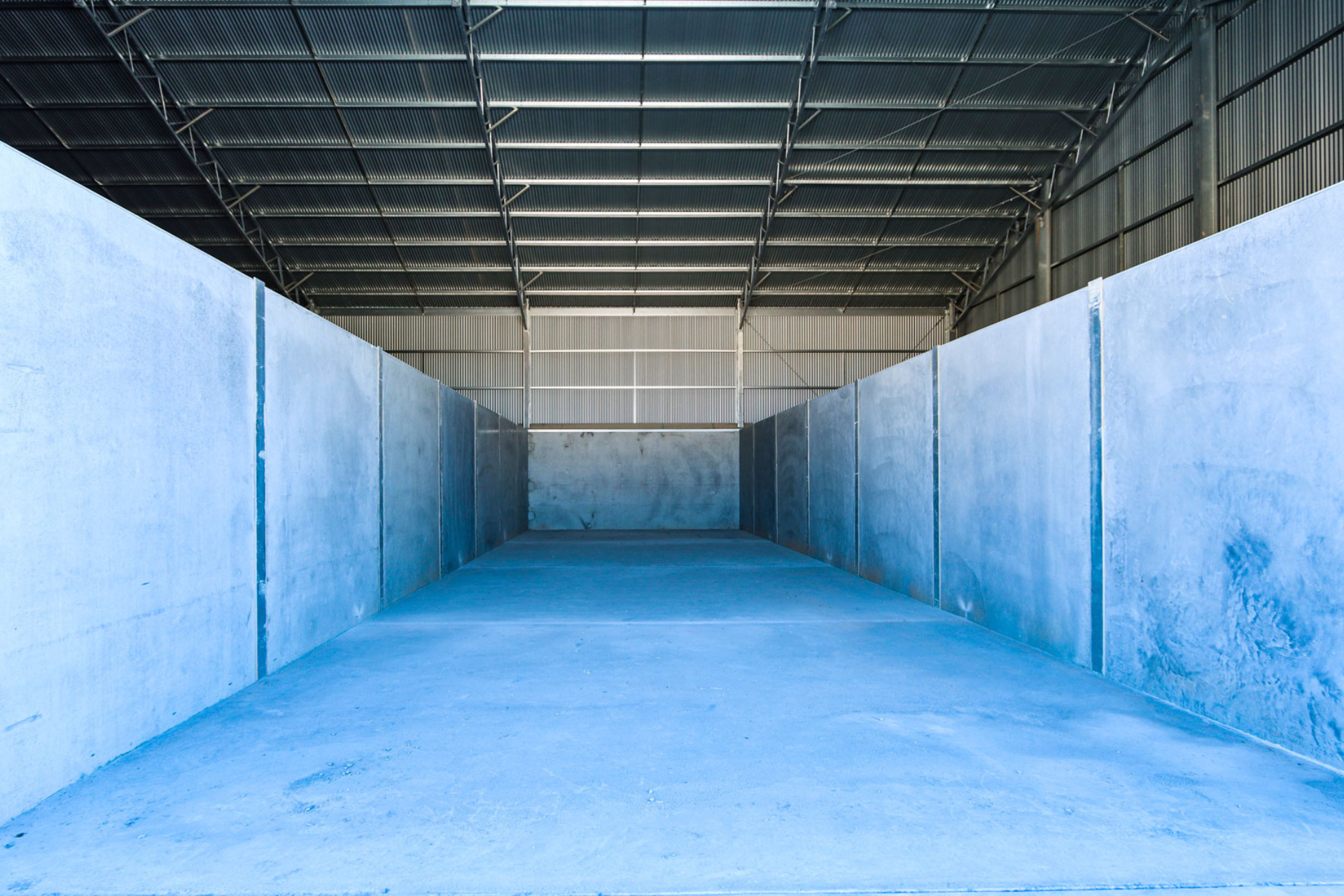Wanting to repurpose an existing shed? Considering concrete panels?
Wishing you had included concrete panels in your shed build?
Can you retrofit concrete panels to your shed?
There are some serious benefits of installing concrete panels in your shed, particularly for grain and fertiliser storage or for calf sheds.
Firstly, concrete panels are an excellent way to protect the wall cladding from corrosion and machinery damage. This improves the longevity of your shed and keeps it in the best possible condition, reducing time and money spent on maintenance.
Concrete panels are also beneficial in sheds where hygiene and segregation are a high priority.
They are also an excellent way to make a shed multi-use, helping you to get the most out of your investment.
And because we manufacture these in-house they can be a cost-effective option.
But can they be retrofitted?
That’s exactly what we discuss in this article!
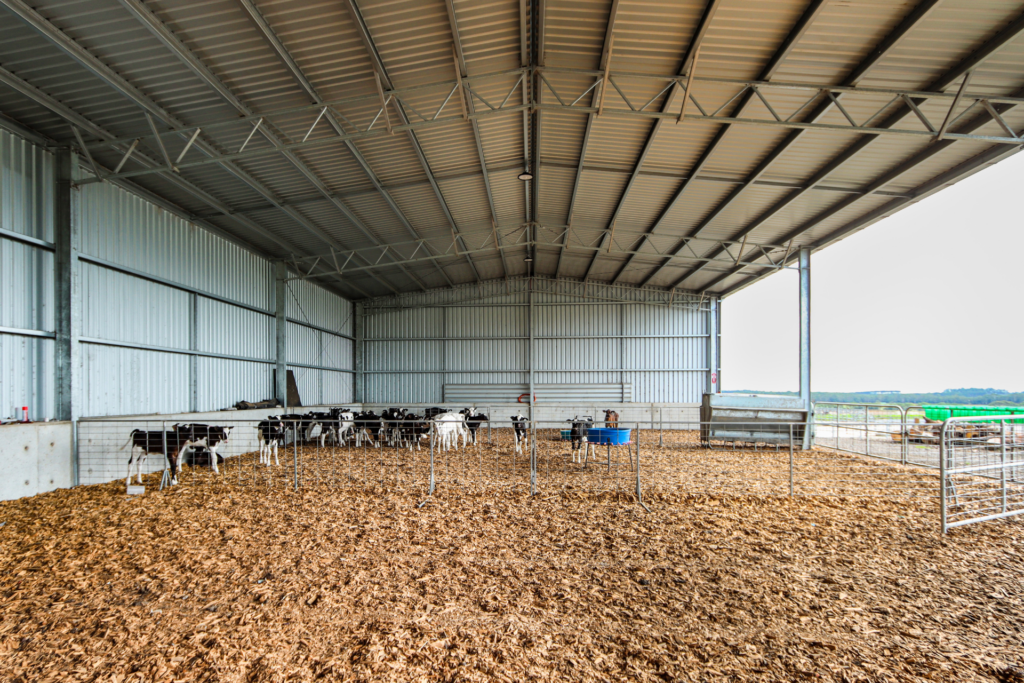
First things first.
Can You Retrofit Concrete Panels To Your Shed?
There are various ways that you can retrofit concrete panels to your shed, depending on the size and type of panel you are hoping to install. The structure of your existing sheds will also need to be considered.
The best way to install panels will also differ between shed types and uses such as grain sheds, calf sheds and multipurpose storage sheds.
Retrofitting Concrete Panels For Grain Storage
Concrete panels can be retrofitted to your shed to convert it to grain storage.
These panels do cost more compared to the panels in a purpose-built shed though. This is because when retrofitting concrete panels to an existing hay or machinery shed, there is often additional steelwork required to accommodate the panel and grain loadings. Whereas in a new grain shed build, the structure of the shed frame is already designed and engineered to accommodate the loadings.
It is important to note that it both these instances, the concrete panels are designed and engineered to be tied in with a concrete slab.
While the panels may cost more, if you have the shed available, retrofitting panels may work out to be the more cost-effective and viable option for you – rather than investing in a complete new grain shed build.
Concrete panels can also be retrofitted to grain sheds for the segregation of different grains. This is also a common option for fertiliser storage.
For example, the grain shed build below could be retrofitted with concrete panels to allow two types of grains to be stored in the shed. This does reduce the overall storage capacity of this shed by about 2,000 tonnes though (compared to storing one product).
The type of grain you are storing will determine whether this is a good option for you – it’s usually suited to low-grade wheat.
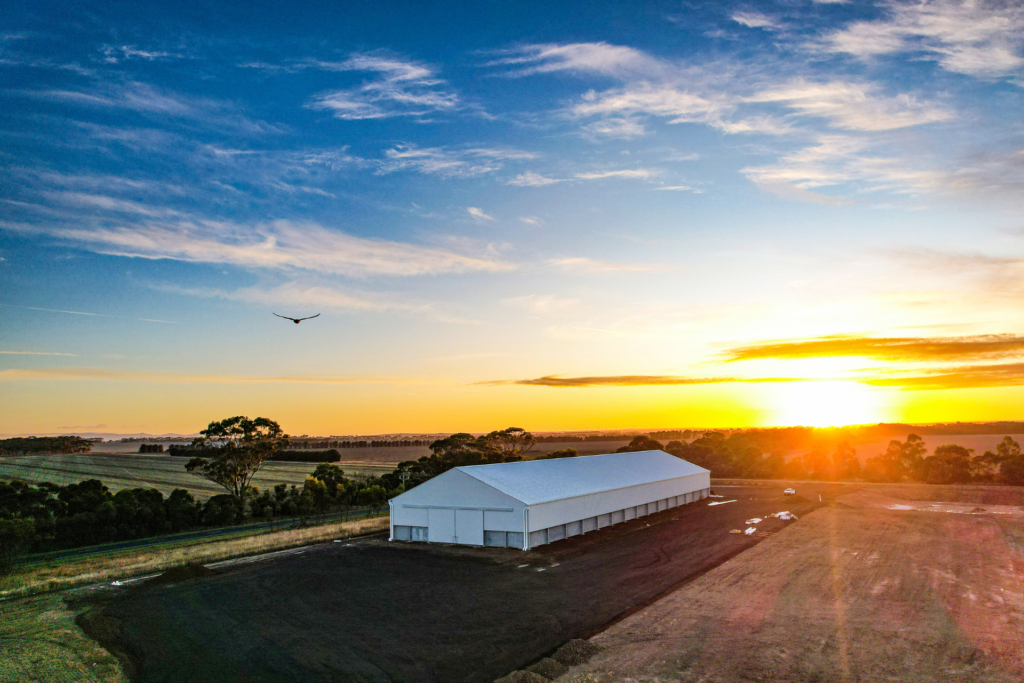
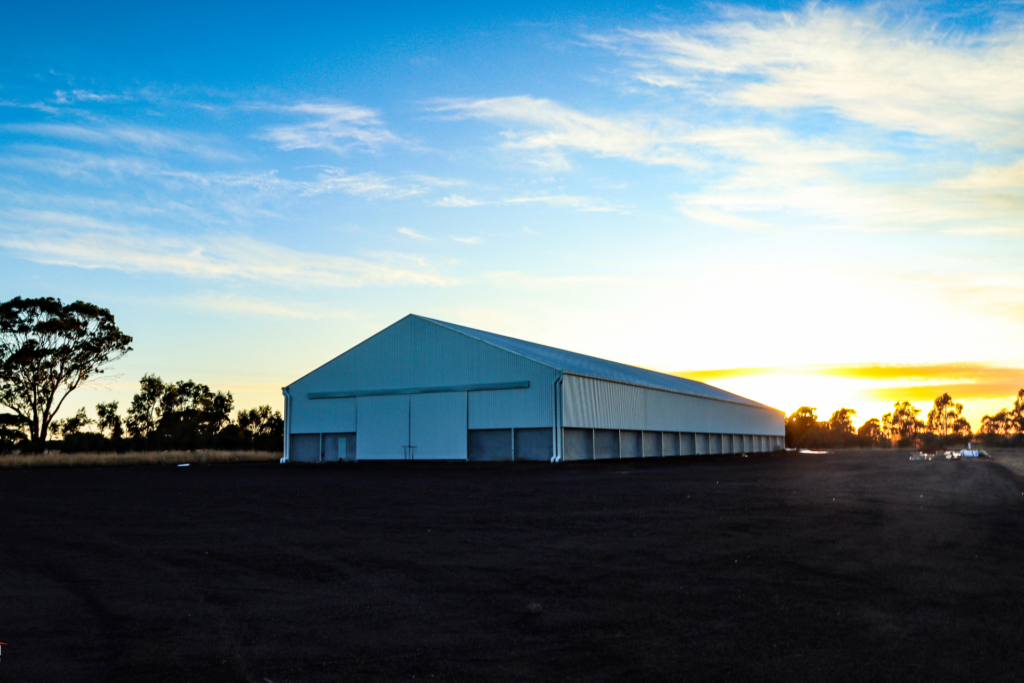
Retrofitting Concrete Panels For Calf Sheds
One of the notable farm shed trends so far in 2023 has been the inclusion of concrete panels in calf shed builds.
Installing concrete panels in calf sheds has become best-practice and there are some really good reasons why.
For example, a calf shed is an incredibly corrosive environment and by installing concrete panels you can make sure your shed cladding lasts a lot longer. And it also makes keeping the shed or shelter clean a lot easier for you.
Retrofitting concrete panels to calf sheds is relatively straightforward and cost-effective too. This is because in comparison to a grain shed or a fertiliser shed, there are minimal loading requirements with a calf shed. It doers differ from project to project though. For example, there may be water troughs to work around which might make the installation more complex.
Retrofitting Concrete Panels For Multipurpose Storage
Installing concrete panels to an existing open-front hay shed or machinery shed has been a popular option in recent years.
Some farmers have opted to install them in just one or two bays to be used for grain or fertiliser storage. It is important to ensure there is a clear separation between these bays and any fodder, chemicals or machinery also being stored in the shed to prevent contamination and reduce the risk of fire.
And it also pays to check that your insurance will cover co-storing.
The price of panels for multi-purpose sheds does depend on what is being stored as this will influence the size of the panels and the engineering required.
Keep reading for an idea on concrete panel prices.
How Much Does It Cost To Retrofit Concrete Panels?
The cost to retrofit concrete panels does depend on the size of your shed.
As an example though, the cost to convert a 48m x 24m open front hay shed to a grain storage shed with 3-metre-high concrete walls, a concrete floor and the additional steel work required is approx. $275,000 including GST and installation.
The concrete panels in a purpose-built shed usually cost less per square metre than retrofitting panels in a shed. This is because the structure of the shed frame is already designed and engineered to accommodate the panel and grain loadings.
This is generally not the case for calf sheds though, due to minimal loading.
The most popular concrete panel size for calving sheds is around 1.5 metres high which costs approx. $500 per lineal metre.
For example, 1.5m metre concrete panels on one side and one end wall of a 50m x 27m x 5m calving shed would cost approx. $36,000 including GST and installation.
Project Ideas
Browse this gallery of recent shed builds with concrete panels for ideas and inspiration
Useful Resources
If you are looking to retrofit concrete panels or if you are planning a new shed build, here are some helpful articles.
- How Much Does It Cost To Build A Fertiliser Shed?
- Concrete Panels Versus Inside-Out Grain Shed
- How Much Does It Cost To Build A Calf Shed?
- How To Keep Your Calf Shed Clean
- 27 Metre Concrete Panel Grain Shed For Banyandah Pastoral

